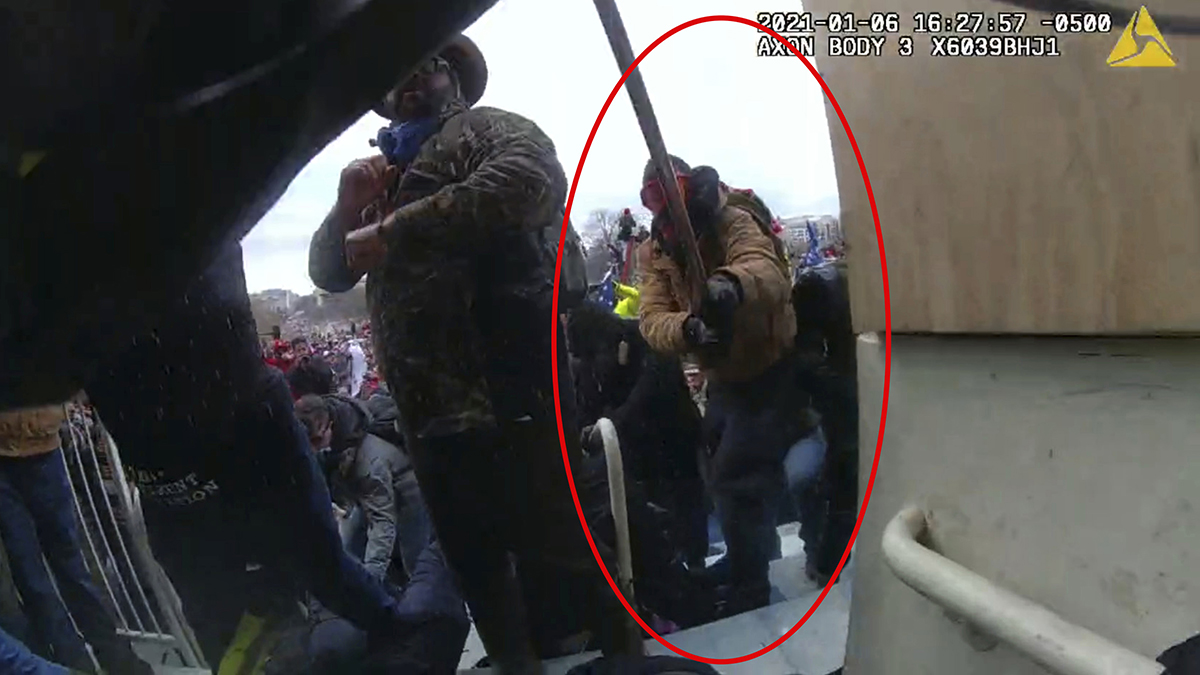The Star of Bethlehem has left its mark on the gospels as well as a constellation of holiday songs. Was it purely a divine sign, created miraculously to mark Jesus’ birth? Or was it an astronomical event in its own right? John Mosley, program supervisor for the Griffith Observatory in Los Angeles, says there are several scientific scenarios for the “Star of Wonder”:
Through the years, astronomers and others have proposed a variety of objects for the Christmas star — comets, an exploding star or a grouping of planets.
Some suggest that the star was a miracle created especially by God. Such a suggestion cannot be proved or disproved, and it is entirely outside the realm of science. But there’s no need to resort to miracles, given the actual astronomical events of the time.
Step 1: The time frame for Jesus' birth
The first thing is to determine the approximate date of Jesus’ birth. Then astronomers can look at the sky phenomena of that period and try to identify the star. It doesn’t work the other way around: Since virtually any year can boast at least one reasonably interesting sky event, the astronomy must follow the history.
Let’s assume, as many historians have, that the most likely time frame for the birth of Jesus was in the years before A.D. 1. Let’s also assume that the Star of Bethlehem could be observed by skywatchers elsewhere in the world, and not just by the Magi who followed the star to Jesus' birthplace. The Magi, who are known as “wise men” or “kings” in the Christmas story, were actually priests who relied on astrology.
These assumptions would rule out some of the prime suspects in the mystery: comets, brightening stars known as novae, and exploding stars known as supernovae. The Chinese, who did a particularly good job of cataloging astronomical phenomena, recorded no such phenomena during the years in question.
Step 2: Was it really a star?
Beyond the timing issue, there’s another consideration: A comet or supernova big enough to attract the wise men’s attention would have been widely noticed by royalty and commoners as well. But King Herod and his advisers seemed not to know or care about the star until the astrologers from the east came to visit.
U.S. & World
However, if we suppose that the “star” actually referred to the planets, the situation is less problematic. The movements and groupings of planets in the night sky were of exceeding interest to astrologers and were closely tracked around the world.
Historical records and modern-day computer simulations indicate that there was a rare series of planetary groupings, also known as conjunctions, during the years 3 B.C. and 2 B.C.
Step 3: Retracing the conjunctions
The show started on the morning of June 12 in 3 B.C., when Venus could be sighted very close to Saturn in the eastern sky. Then there was a spectacular pairing of Venus and Jupiter on Aug. 12 in the constellation Leo, which ancient astrologers associated with the destiny of the Jews.
Between September of 3 B.C. and June of 2 B.C., Jupiter passed by the star Regulus in Leo, reversed itself and passed it again, then turned back and passed the star a third time. This was another remarkable event, since astrologers considered Jupiter the kingly planet and regarded Regulus as the “king star.”
The crowning touch came on June 17, when Jupiter seemed to approach so close to Venus that, without binoculars, they would have looked like a single star.
The whole sequence of events could have been enough for at least three astrologers to go to Jerusalem and ask Herod: “Where is he that is born King of the Jews, for we have seen his star in the east and are come to worship him.”
Step 4: Does it make sense?
Now, this doesn’t mean that astrology works. We haven’t ruled out other possibilities for the Star of Bethlehem. And the mere existence of interesting celestial events does nothing to prove that the birth of Jesus was accompanied by a star, that the Magi existed, or even that the Nativity took place as described in the Bible.
Matching up the June 17 date with biblical accounts produces a mixed verdict. Biblical scholars can't rule out the possibility that the Nativity occurred during the middle of the year. In fact, there's no reference to December, let alone Dec. 25, in the gospels' stories of the Nativity.
Luke's scriptural account about shepherds being out in their fields would make more sense if the birth occurred during the Middle East's milder months — say, the April-through-October time frame.
However, the 2 B.C. date is problematic for scholars who argue that Jesus' birth had to take place before 4 B.C. That date marks the death of Herod the Great, the ruler who sent the Magi on their way to Bethlehem, according to Matthew's gospel. The timing for Herod's death is known with some certainty because it meshes with Josephus' historical account as well as the dates for the reigns of contemporaneous Roman leaders.
Such debates are the province of historians and scriptural scholars rather than astronomers. In any case, knowing that a truly interesting astronomical event occurred around the time of the Nativity can add to our sense of wonder during the traditional Christmas season.
This article draws upon on John Mosley’s 1987 book, “The Christmas Star,” which is available from the Griffith Observatory. “The Christmas Star” addresses many other questions about the season, such as: When was Christ born? Who were the Magi? Why is Christmas observed on Dec. 25?



